In the polyolefin family, polyethylene (PE) and polypropylene (PP) are two common and widely used materials. Although they share similar chemical structures, they exhibit significant differences in performance.
Polypropylene, with its higher rigidity and heat resistance, excels in applications that require high temperature and strength.
On the other hand, polyethylene is prized for its excellent flexibility and impact resistance, making it suitable for a wide range of applications, from soft films to rigid pipes.
Next, we will explore the specific differences between polypropylene vs polyethylene, focusing on their molecular structure, physical properties, and application areas, as we engage in a detailed comparison of these two materials.
What Is Polypropylene?
Polypropylene, commonly abbreviated as PP, is a polymer formed through addition polymerization, with propylene molecules as its basic structural units.
Typically, the three main types of polypropylene are classified as follows:
- Homopolymer Polypropylene (PP-H)
- Random Copolymer Polypropylene (PP-R)
- Block Copolymer Polypropylene (PP-B)
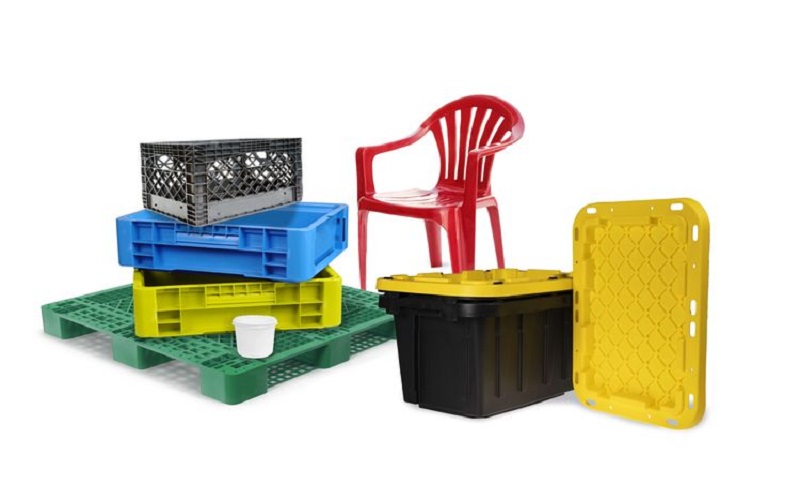
What Is Polyethylene?
Polyethylene (abbreviated as PE) is a thermoplastic resin produced by the polymerization of ethylene monomers.
It is the most widely produced plastic in the world, with plastics labeled with recycling codes 2 and 4 being made from PE.
There are four main types of polyethylene based on molecular structure and density:
- Low-Density Polyethylene (LDPE)
- High-Density Polyethylene (HDPE)
- Linear Low-Density Polyethylene (LLDPE)
- Ultra High Molecular Weight Polyethylene (UHMWPE)
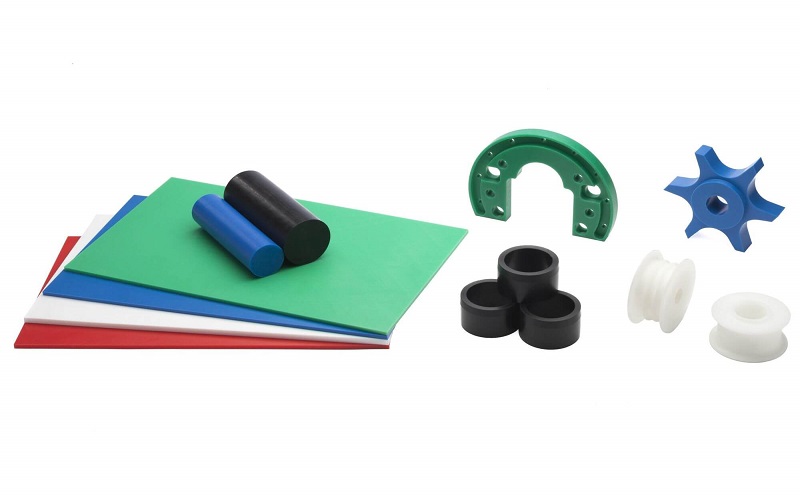
Chemical Structure Of Polypropylene And Polyethylene
Polypropylene is formed by the polymerization of propylene monomers, with its molecular chain containing a methyl side group, giving it a unique stereochemical structure.
It has a higher density and superior tensile and flexural strength compared to polyethylene.
It also exhibits better heat resistance and chemical resistance, though it is less flexible.
In contrast, polyethylene is produced by the polymerization of ethylene monomers.
Its structure is simple, consisting of a hydrocarbon backbone with no side chains, resulting in lower density and better flexibility.
Polyethylene also has excellent low-temperature performance and chemical resistance.
These structural differences lead to significant variations in the physical properties and application areas of polyethylene and polypropylene.
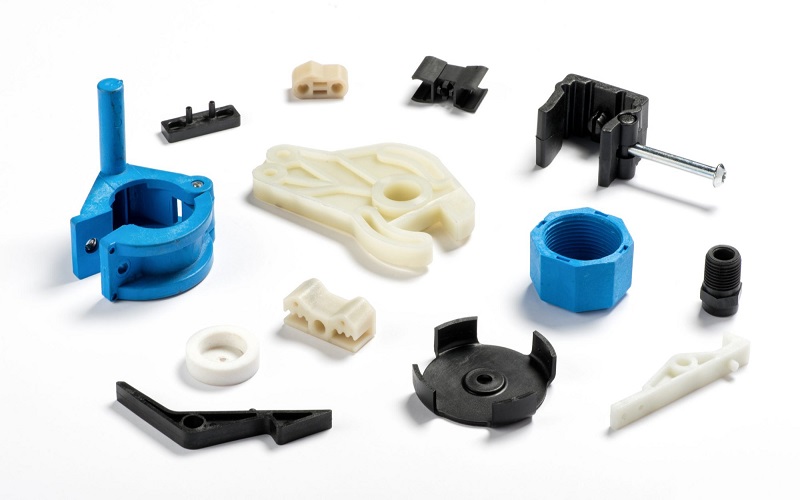
Polypropylene vs Polyethylene:Properties
In terms of properties, the differences between PP and PE are as follows:
Appearance and Transparency
When uncolored, polypropylene is lighter and slightly more transparent than polyethylene, with a firmer texture.
Permeability
Polypropylene has lower air and water permeability compared to polyethylene.
Aging Resistance
The presence of methyl tertiary carbon atoms in polypropylene makes it more susceptible to aging under certain conditions, especially with prolonged exposure to copper, which may accelerate the aging process.
However, polypropylene generally has better aging stability than polyethylene.
Chemical Stability
Polypropylene offers better resistance to various chemicals, such as acids and bases, whereas polyethylene also has good chemical stability, though its resistance may vary depending on the type and density.
Heat Resistance
Polypropylene has a higher melting point and better heat resistance than polyethylene, making it suitable for use at higher temperatures, though its impact strength at low temperatures is lower.
Mechanical Properties
Polypropylene exhibits higher tensile strength, flexural modulus, and rigidity, making it more commonly used in applications that require good mechanical properties such as hardness, strength, and impact resistance.
The following table shows some data on the physical properties of polypropylene and polyethylene:
Properties | Polypropylene | Polyethylene |
Density(g/cm3) | 0.89-0.91 | 0.91-0.96 |
Melting Point(℃) | 164-170 | 85-136 |
Tensile Strength(MPa) | 21-39 | 10-30 |
Water Absorption(%) | <0.01 | <0.01 |
Shrinkage(%) | 1.0-2.5 | 1.5-3.0 |
Impact Strength (KJ/m2) | 1-5 | 0.1-0.3 |
Heat Deflection Temp (℃) | 100-120 | 50-75 |
Applications Of PP And PE Products
Polypropylene is commonly used in the manufacturing of various containers, household items, industrial parts, packaging materials, and medical devices, such as:
- Basins, buckets, food containers
- Furniture components, storage bins
- Car bumpers
- Woven bags, disposable food containers, bottle caps
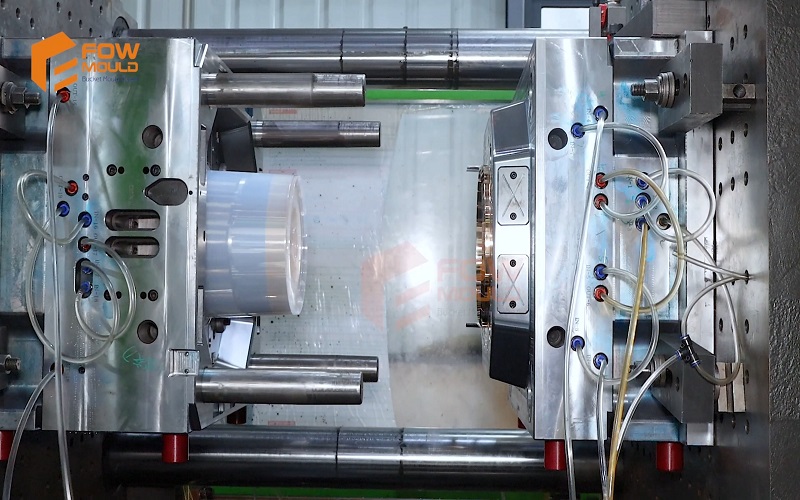
Polyethylene, on the other hand, is widely used in packaging films, containers, household items, and as insulation for wires and cables, including:
- Food packaging bags, cling film
- Oil drums, beverage bottles
- Water pipes
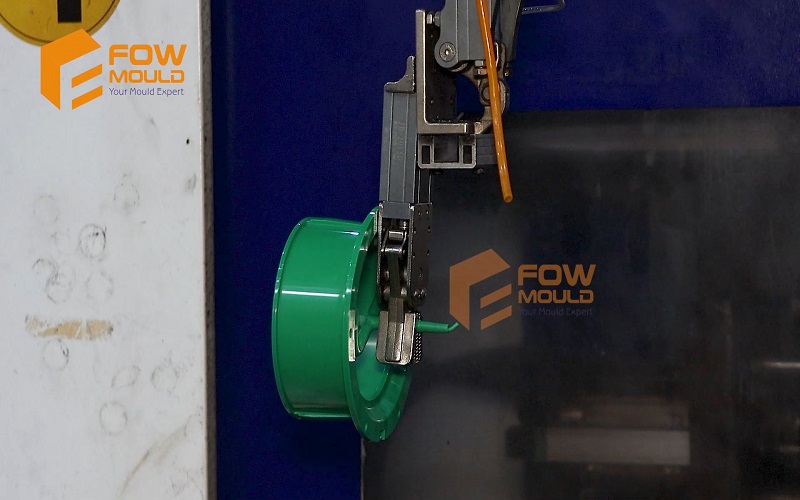
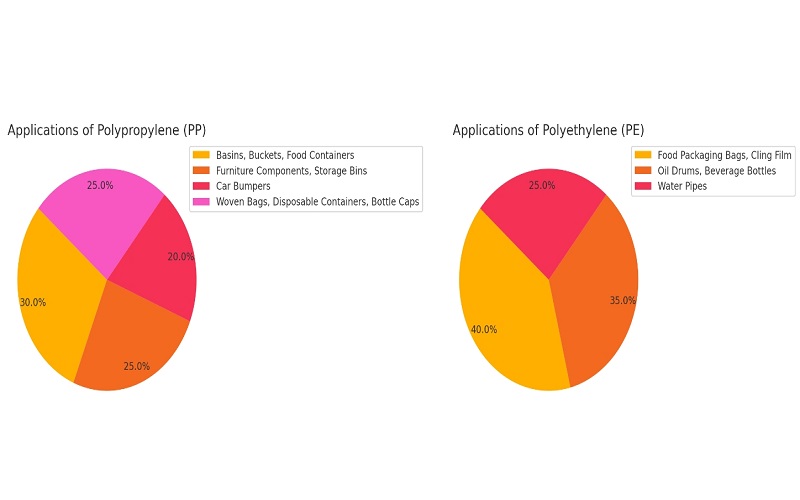
PP Injection Molding vs PE Injection Molding
PP injection molding and PE injection molding are commonly used techniques in plastic manufacturing, widely adopted by many plastic injection molding companies.
Polypropylene injection molding is particularly suitable for producing large, thin-walled products, such as automotive dashboards, appliance housings, and food containers.
Due to the higher melting point and lower density of PP material, it can maintain shape stability under high-temperature conditions.
However, the molding process often requires higher processing temperatures and has a narrower processing window.
Additionally, PP tends to have a higher shrinkage rate during cooling, which may affect the dimensional accuracy of molded parts, necessitating precise compensation and control in injection mold design.
On the other hand, PE injection molding is characterized by excellent electrical insulation, good flow properties, low shrinkage, ease of demolding, and certain thermal stability.
With its lower melting point and good flexibility, PE demonstrates strong adaptability in the molding process, making it especially suitable for producing products that require high dimensional accuracy and surface quality, such as cable insulation, bottle caps, and films.
Examining The Safety Of Polypropylene And Polyethylene
In terms of safety, both PE and PP are considered relatively safe plastic materials.
Firstly, they are both non-toxic and odorless, meaning they do not release harmful substances into food, making polyethylene and polypropylene safe for food packaging and containers.
Additionally, these materials do not emit toxic gases during use, so they pose no direct threat to human health.
However, PP generally exhibits superior thermal stability and chemical resistance.
For instance, while PE’s flexibility makes it an ideal packaging material, it may deform at high temperatures.
Alternatively, PP can maintain structural stability under high temperatures, making it more suitable for microwaveable food containers.
Furthermore, the recyclability of PE and PP is also an important factor when considering their safety.
With the growing emphasis on sustainability, there is increasing attention on the recycling and reuse of plastic products.
Both PE and PP are recyclable plastics that can be reprocessed through appropriate recycling systems, helping to reduce their environmental impact.
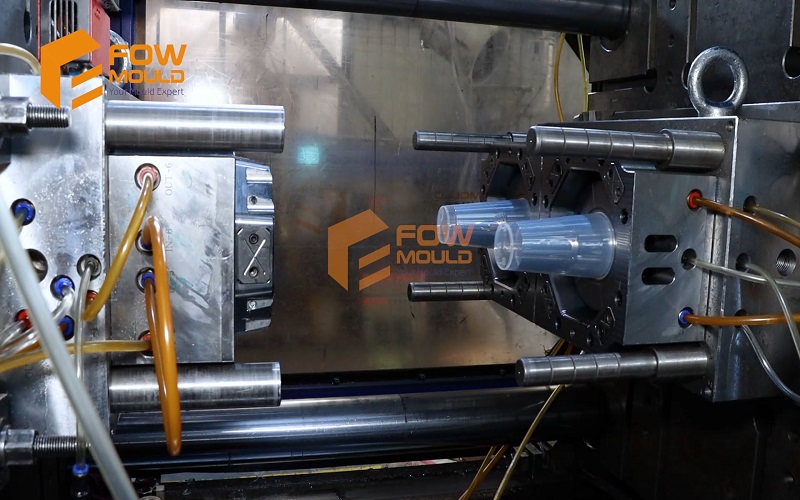
Is PP More Expensive Than PE?
Generally, PE is slightly more expensive than PP, primarily due to differences in the manufacturing process.
The cost of HDPE typically ranges from $0.50 to $1.50 per pound, while LDPE is priced between $0.30 and $0.70 per pound.
LLDPE falls in between, with costs ranging from $0.40 to $1.00 per pound.
As for polypropylene, homopolymer PP is the more commonly used type, with prices around $0.30 to $0.35 per pound.
Copolymer PP costs slightly more, ranging from $0.35 to $0.40 per pound. (These figures are sourced from the internet and may vary over time.)
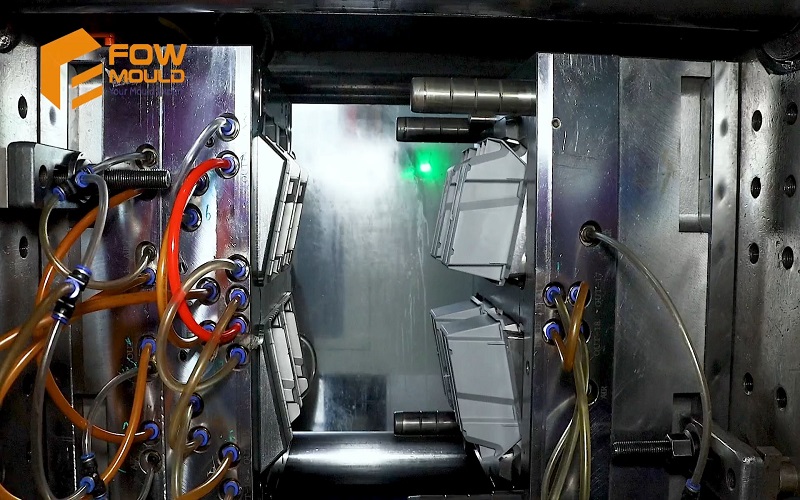
Which Is Better, Polypropylene Or Polyethylene?
Polyethylene and polypropylene each have distinct advantages, with the choice depending on specific application needs.
Polypropylene offers excellent heat resistance, acid and alkali corrosion resistance, and strong surface hardness.
Conversely, polyethylene provides superior chemical stability, low-temperature performance, and resistance to most acids and alkalis.
For high-temperature or food packaging applications, polypropylene may be better, while polyethylene is more suitable for low-temperature or chemically stable environments like water pipes or chemical containers.
In conclusion, there is no definitive “better” material; the choice should be based on the specific needs and conditions of the application.
If you’re interested in customizing injection-molded PP or PE products, contact FOWMOULD for a quick free quote!
